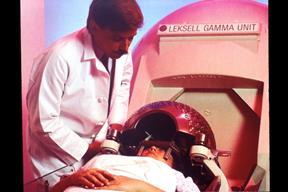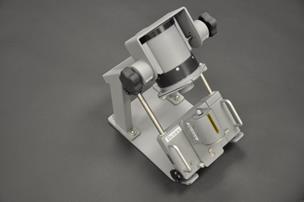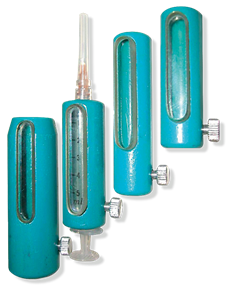Backgrounder on Risks Associated with Medical Events
Printable Version
 |
| Yttrium-90 microspheres deliver radiation directly to tumors |
The term “medical event” may sound alarming when used in nuclear medicine and radiation therapy. But it may not mean a patient has been harmed. It means there may have been a problem in a medical facility’s use of radioactive materials.
These materials can help to diagnose and treat illnesses or be used in medical research. Small amounts can allow doctors to see certain organs. Images created using radioactive materials can help to find, identify and measure tumors, or view problems in an organ’s structure or function. Radioactive materials can also kill cancerous tissue, shrink a tumor or reduce pain.
NRC regulations aim to assure radioactive materials are used properly. This is also true when they are used in medical diagnosis, treatment or research. The rules protect the safety of patients, medical workers, the public and the environment. They define “medical event” in very specific terms.
A “medical event” involving radioactive materials occurs if BOTH:
-
The dose given is not what was prescribed, and the difference meets the NRC’s reporting requirements, AND
-
One or more of the following incidents occur:
- the dose given is off by at least 20 percent from the prescribed dose, either too high or too low,
- the wrong drug is used,
- the drug is given by the wrong route,
- the wrong individual receives the dose,
- a dose is administered to the wrong part of the body and exceeds by 50 percent or more the dose that area should have received, or
- a sealed source used in the treatment leaks.
 |
Gamma Knife ® focuses tiny beams
of radiation on a tumor |
The NRC requires reporting because a medical event shows the licensee had a problem in administering the doctor’s prescription. The problem may have been technical, or may be a quality assurance issue. Dose errors may be a sign of problems in the medical facility’s operations. But there is no scientific basis to conclude that such an error results in harm to a patient.
To know if a patient has been harmed, the doctor must do more analysis. Harm may come from too high a dose. But it could also result from inadequate treatment when a dose is too low.
The NRC also analyzes each event to see if further action is needed. If there is a violation of the regulations, the NRC might take enforcement action.
The agency will also look for trends to see if something in NRC regulations or guidance may need to be clarified.
Severe events are rare. An example would be a dose error that is well over 20 percent too high or too low. In severe events, an independent medical consultant will assess the patient’s risk of harm.
In all cases, a “medical event” indicates potential problems in a facility’s use of radioactive materials. It does not necessarily result in harm to a patient. But the NRC’s rules are designed so events are reported to the NRC and the public. Even when there is harm to a patient, the NRC protects the public health and safety.
 |
|
 |
Shielding and syringe holder used to protect medical
workers as they load a syringe from a bulk vial of a
radiopharmaceutical containing fluorine-18 |
| |
| |
|
Lead-shielded for radiopharmaceutical syringes model PSV (Courtesy of COMECER S.P.A.) |
July 2022
Page Last Reviewed/Updated Wednesday, December 28, 2022